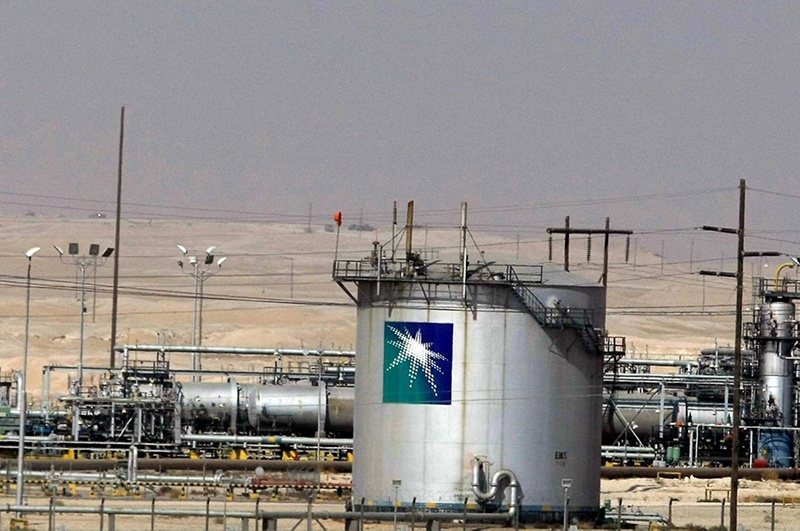
RIYADH: Saudi Aramco said it has completed the acquisition of a 70 percent stake in chemical giant SABIC for $69.1 billion, boosting it as one of the world’s largest producers. The stake was held by the Public Investment Fund (PIF), the kingdom’s sovereign wealth fund which has reportedly been on a spree to purchase stakes in international firms.
“The completion of the transaction enhances Aramco’s presence in the global petrochemicals industry,” Aramco said in a statement. “Combined, in 2019 Aramco and SABIC recorded petrochemicals production volume of nearly 90 million tons,” one of the world’s largest, the company said.
Completion of the purchase comes six months after Aramco sealed the world’s biggest initial public offering, selling 1.7 percent of its shares for a record $29.4 billion. Last year, the energy giant raised $12 billion in a bond sale to help pay for the SABIC acquisition.
Aramco chairman Yasir Al-Rumayyan, who also chairs the Saudi wealth fund, said the SABIC deal served both parties. “It provides capital for PIF’s long-term investment strategy as it drives the economic transformation and growth of Saudi Arabia, further benefiting the people of our country,” Rumayyan said.
“It supports Aramco’s continued growth in downstream and enhances its international footprint.”
The government last month transferred $40 billion to PIF from the foreign reserves managed by the Saudi central bank to support its liquidity. In the first quarter of this year, it bought $7.7 billion holdings in a host of companies—from Boeing, Walt Disney and Starbucks to Marriott and Citigroup. SABIC’s share price has fallen by more than 27 percent since the deal was announced early last year. The company posted losses in both the fourth quarter of last year and first quarter of this year over low prices.
PIF, which aims to raise its holdings to $2 trillion by 2030, is seen as the main driving force behind Crown Prince Mohammed bin Salman’s Vision 2030 economic diversification plan.
Meanwhile, major oil producers sharply cut back output in May, data showed on Wednesday, as part of a concerted effort to prop up prices that have fallen dramatically in the wake of the global coronavirus pandemic. In the latest monthly report by the Organization of Petroleum Exporting Countries, data showed that the cartel’s 13 member states throttled output by 6.2 million barrels per day (bpd) last month.
Back in April, OPEC and key allies such as Russia—grouped together under the wider OPEC+ banner—had pledged to cut output by 9.7 million bpd from May 1 until the end of June. In a further crisis meeting earlier this month, the oil-producing nations subsequently agreed to extend those cuts through July.
OPEC itself does not officially publish exact output figures in its regular monthly bulletins, but instead cites data compiled by so-called secondary sources.
And according to those statistics, OPEC kingpin Saudi Arabia bore the brunt of the cuts, curbing its output by 3.16 million bpd alone. The United Arab Emirates curtailed production by 1.364 million bpd and Kuwait axed 921,000 bpd.
The concerted action was deemed necessary after oil prices plummeted in the face of falling demand as countries around the world imposed strict lockdowns to stop the spread of the new coronavirus.
Both the US benchmark, West Texas Intermediate (WTI), and Europe’s Brent North Sea contracts, slumped to historic lows in April, with Brent falling as low as $15 and WTI briefly entering negative territory.
In its latest monthly report, OPEC estimated that 10 non-member states had, for their part, also cut production by 2.95 million bpd in May, bringing the overall volume of cuts to 9.2 million bpd. The cartel noted the “high level of conformity” to the voluntary production cuts by both its members and allied oil-producing countries, which, in addition to Russia, include Azerbaijan, Kazakhstan, Mexico and Oman. — AFP










